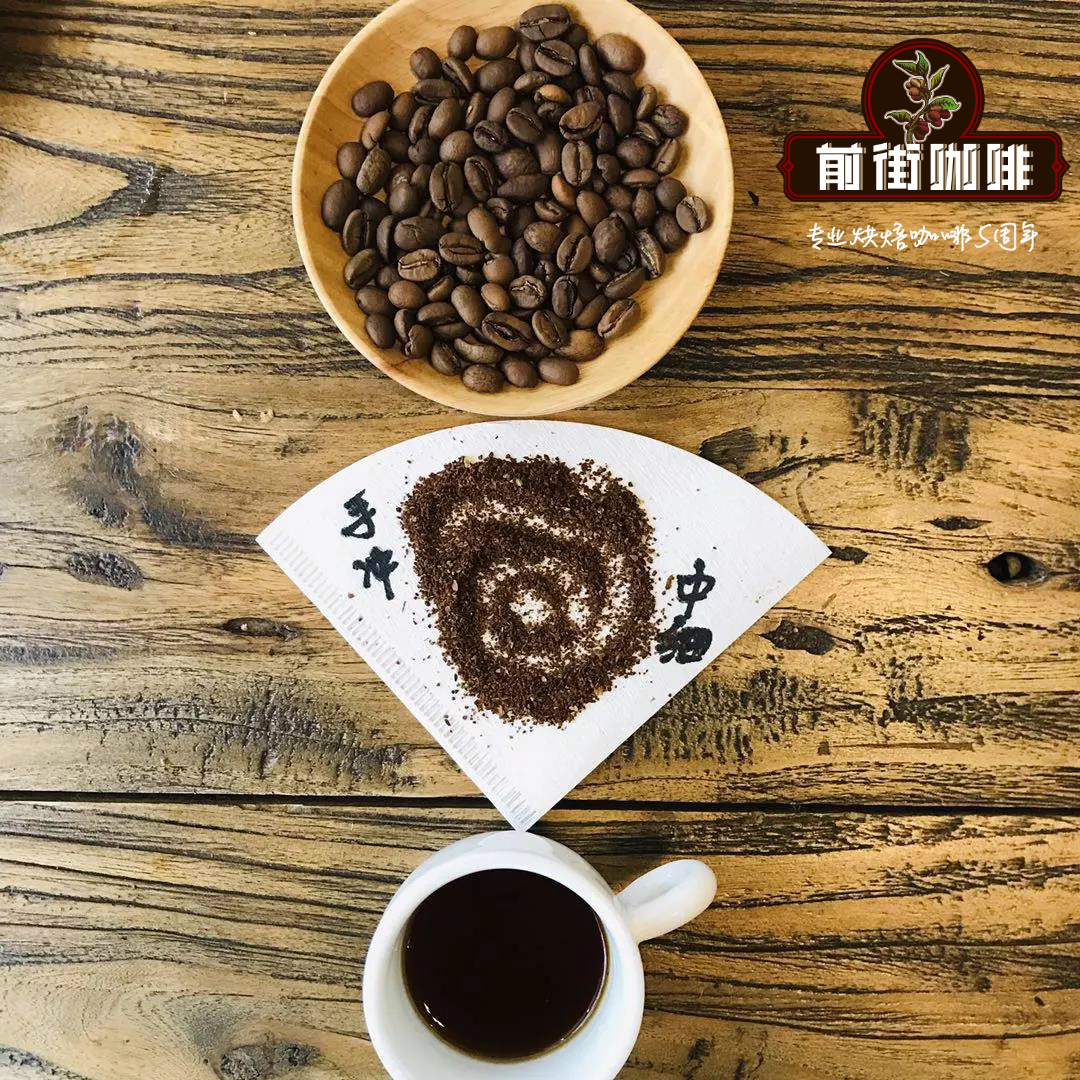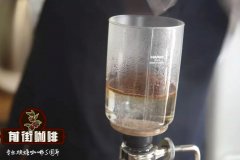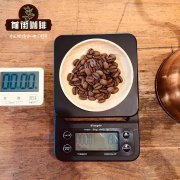Coffee bean honey treatment method is introduced, honey treatment rose summer taste good? Introduction to the characteristics of rose summer treated with honey

Professional coffee knowledge exchange More coffee bean information Please pay attention to coffee workshop (Weixin Official Accounts cafe_style)
The so-called miel process (Spanish for Miel Process) is said to mean the process of making raw beans with mucous membranes that are sun-dried. After coffee beans have been stripped of their outer pulp, they have a sticky, gelatinous layer. The traditional washing method is to wash it with clean water, but because of the water resource limitation of some high-altitude producing areas, this direct drying method has appeared.
Coffee bean honey processing coffee beans are susceptible to contamination and mildew, requiring close supervision throughout the process, constant stirring, accelerated drying to avoid bad fermentation flavor. Its advantage is that it can best preserve the original sweet flavor of coffee ripe fruit, so that coffee presents a light brown sugar flavor and stone fruit sweet, while the berry flavor also supports the red wine base aroma, considered a very elegant product.
Coffee beans honey processing coffee beans are popular, largely due to its sweet and thick characteristics are very suitable for coffee shop Espresso production, in recent years called "Miel Process" coffee beans more and more, but also become the preferred material of international coffee contestants.
According to the proportion of pectin retained and drying methods are divided into:
White Honey 80%-90% pectin removed.
Yellow Honey retains 50% pectin, no fermentation.
Red Honey basically retains all pectin and has no fermentation.
Black Honey basically retains all pectin, drying at a slightly higher temperature at low altitude, covering slight fermentation in the first 24 hours, and transferring the drying process to African drying beds for drying.
Gold Honey basically retains all pectin, high altitude low temperature drying, prolonged drying time.
In 2004, Panama's geisha rose, and the unique aroma set off a worldwide search for excellent varieties. Joseph Brodsky, like other bean growers, researchers, and enthusiasts, went deep into Ethiopia's remote mountains to find Geisha trees in the wild forests where coffee originated.
Although he did not get his wish in the end, he believed that there were many excellent unknown native varieties in the forest with so many native species.
It is possible that it has not been discovered because it is remote or has not been carefully treated and cultivated.
So Joseph Brodsky immediately put a lot of effort into Ethiopia the following year.
He searched for valuable coffee seeds and worked with local farms to refine and refine the processing of the beans, and developed a Profile Processing system to allow each bean to develop its full flavor.
Joseph Brodsky started planting Ethiopian native geisha in Panama in 2009, buying land to create the "Ninety Plus Geisha Estate" estate.
At the same time, Ninety Plus Sensory Room has been built. In recent years, Ninety Plus has developed SolkilnTM special treatment method. Ninety Plus has been innovative in every link of green bean treatment. It is the leader in the coffee boutique market.
Ninety Plus coffee is classified according to the "fruit flavor intensity" classification, which is different from the traditional washed, Honey and natural treatments. It is also classified into three categories W2, H2 and N2, but different treatments create different fruit flavor grades, so you may drink sun-treated or washed coffee beans in the honey treatment coffee bean flavor "H2" classification.
W2 = washed flavor
H2 = honey treated flavor
Important Notice :
前街咖啡 FrontStreet Coffee has moved to new addredd:
FrontStreet Coffee Address: 315,Donghua East Road,GuangZhou
Tel:020 38364473
- Prev

Why is it called honey treatment? What is honey treatment? Introduction to the flavor characteristics of honey-treated coffee
Honey treatment is a kind of half-sun treatment, in which the peel is removed from the ripe fruit, and the pods with flesh are moved outdoors for sun drying. After the outer pulp of the coffee bean is removed, there will be a layer of sticky gelatin. because the pods with pulp stick easily, they must be turned constantly to avoid mildew during drying; in addition, the drying time should not be too long to avoid fermentation.
- Next

What is the difference in the treatment of red honey, white honey, yellow honey, black honey and gold honey? Characteristic introduction
Professional coffee knowledge exchange more coffee bean information Please pay attention to the coffee workshop (Wechat official account cafe_style) Coffee beans are not really beans, but the seeds of coffee fruit, and coffee is a kind of red fruit when ripe, which may have a yellow and orange appearance depending on the variety. But before the coffee beans are roasted, there are still several layers of matter to be removed from the outer layer of the fruit, and then the coffee beans will dry.
Related
- What is the meaning of lactic acid fermentation with coffee bean treatment?
- How to judge the state of foam by sound?
- How does the latte pull out the unicorn pattern? Come to get for a little trick to improve the flower pull!
- Will flower pulling affect the taste of the latte?
- Do you know the history of coffee?
- The difference between honey treatment and sun washing what is raisin honey treatment?
- What kind of milk can a novice use to make coffee foam to keep the foam longer? The correct method and skills of milking tutorial sharing
- Why do washed coffee beans taste sour? Flavor characteristics of washed Coffee
- Introduction to the skill of how to practice the size and height of water injection around the circle of hand-brewed coffee
- How do beginners practice coffee flower drawing from scratch?

